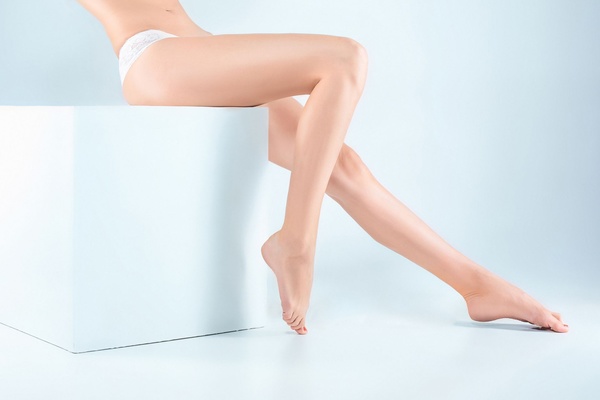
Sclerotherapy
What is it
It is currently the least invasive, safest method used to remove the so-called "Spider veins" and dilated, visible veins on the legs. Dilated, small blood vessels indicate a difficult outflow of blood from the venous system. If they are superficial vessels, they can be safely removed, without cutting, scarring or recovery. The advantage of the procedure is that it can be performed on an outpatient basis, it does not require a stay in the hospital, and the patient can be started immediately after the procedure.
Indications
Sclerotherapy is used in the treatment of varicose lesions which are not accompanied by damage to the main surface venous trunks of the lower limbs.
Preparation for the procedure
The condition of the venous valves that regulate the direction of blood flow is important. The condition of the veins and valves is assessed based on an ultrasound examination, the so-called Doppler ultrasound. On its basis, qualification for surgery is carried out. The most common indications are: small, single varicose veins (1-3mm), varicose veins "residual", remaining after surgery, varicose veins in people who cannot or do not want to be operated on, varicose veins of insufficient superficial veins. An important element of preparation for the treatment is prior consultation in order to select tights / compression stockings, which are necessary after the treatment.
Procedure
The procedure is performed with a thin needle and consists in introducing preparations into dilated vessels that "stick" the veins together, which in turn causes their complete removal. The preparation used in sclerotherapy is polidocanol (Aetoxysclerol). It is an effective, safe drug that removes both small spider veins and large veins on the lower limbs. In the case of sclerotherapy of larger varicose veins, above 4 mm, in addition to the preparation, air is administered to the varicose veins, which expands the center and forms the so-called foam. This procedure is called foam obliteration. The preparation causes a slight burning sensation. A single treatment gives very good results. Depending on the size of the treated area, the treatment can be repeated every 2 weeks.
Effects
They appear immediately after the procedure is performed. The varicose veins subjected to injection are permanently closed. Closing the vessel leads to its fibrosis from the inside and finally shrinks and overgrows. Systematic closure of diseased veins is the best prophylaxis against the development of subsequent stages of venous insufficiency.
Recommendation after procedure
After the treatment, the vein and limb should be compressed with elastic bandages or ready-made compression products, and the pressure on the limb should be maintained for at least one week. Applying pressure immediately after administration is very important as it helps to close the vein permanently. Walk for at least 20 minutes immediately after the procedure. You can go back to your daily activities. For a few weeks after the treatment, you should avoid warm baths, staying in the sauna, sunbathing the treatment areas and wear the recommended compression stockings. You should avoid standing or sitting for long periods.
Side Effects
The relapse rate after sclerotherapy is different. It mainly depends on the size of the venous trunk. The best results are observed after obliteration of smaller varicose veins and telangiectasia (spider veins).
Contraindications
Allergy to sclerosing agents (symptoms: skin rash, rarely dyspnoea), uncontrolled diabetes mellitus, previous deep vein thrombosis, local or general infection, limb swelling, immobilization, ulceration.